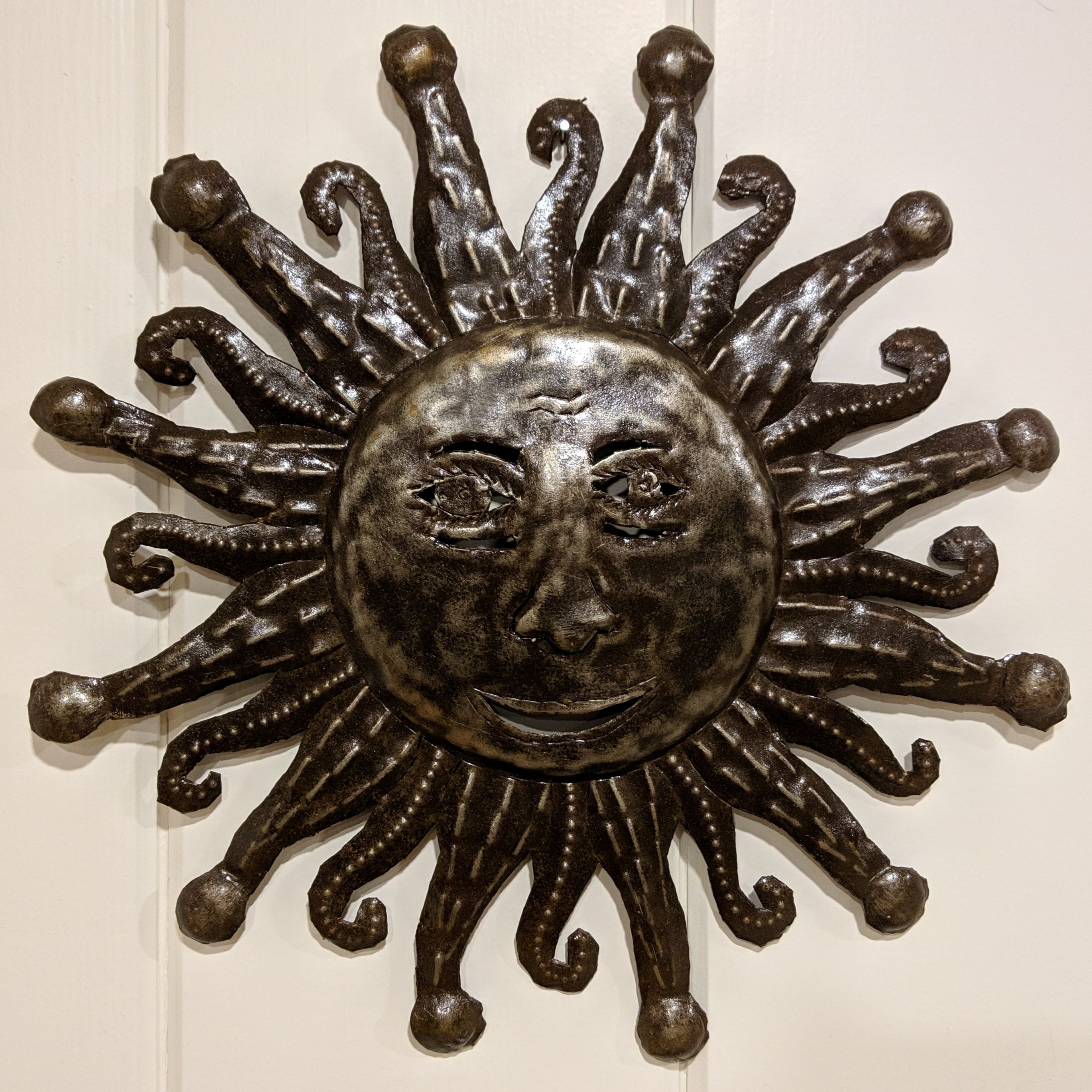I don’t get it. They’re colored lights. I think of my self as a pretty tech-savvy GenXer, and I’m kind of a lighting geek, but I can’t for the life of me figure out why I would want a lamp to be a particular color (other than 2800/3000/3200K) .
Note: I have 95CRI 3200K LED lighting in my kitchen and office where I spend most of my time and I have Caseta programmable/networked lights in the house. I’ve never felt the need to actually use the networking feature. What am I missing with Hue?


Most of what I’ve learned has been walking through spaces and leafing through the project documentation and luminaire cut sheets the electrical engineer has compiled when I’m bored in meetings. There are online resources for best practice in lighting levels, and most fixtures (or lamps/“bulbs” when you’re talking PAR or reflector-style) have luminous intensity, fall-off curves, and angular illumination. Blackbody physics controls color in traditional incandescent lamps so you can get an idea of what temp you want from the equivalent wattage. I don’t know of any one source that walks through the options.